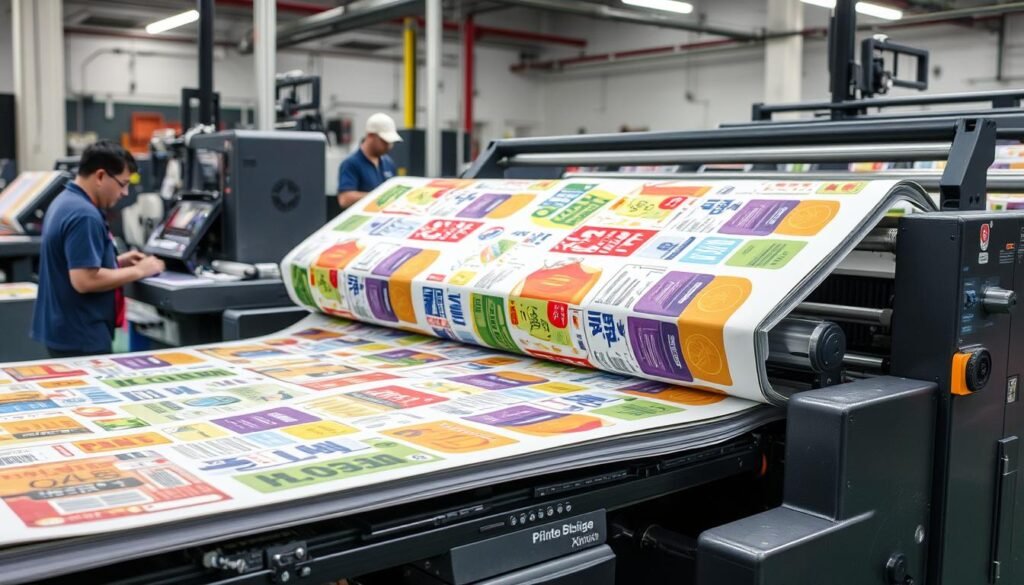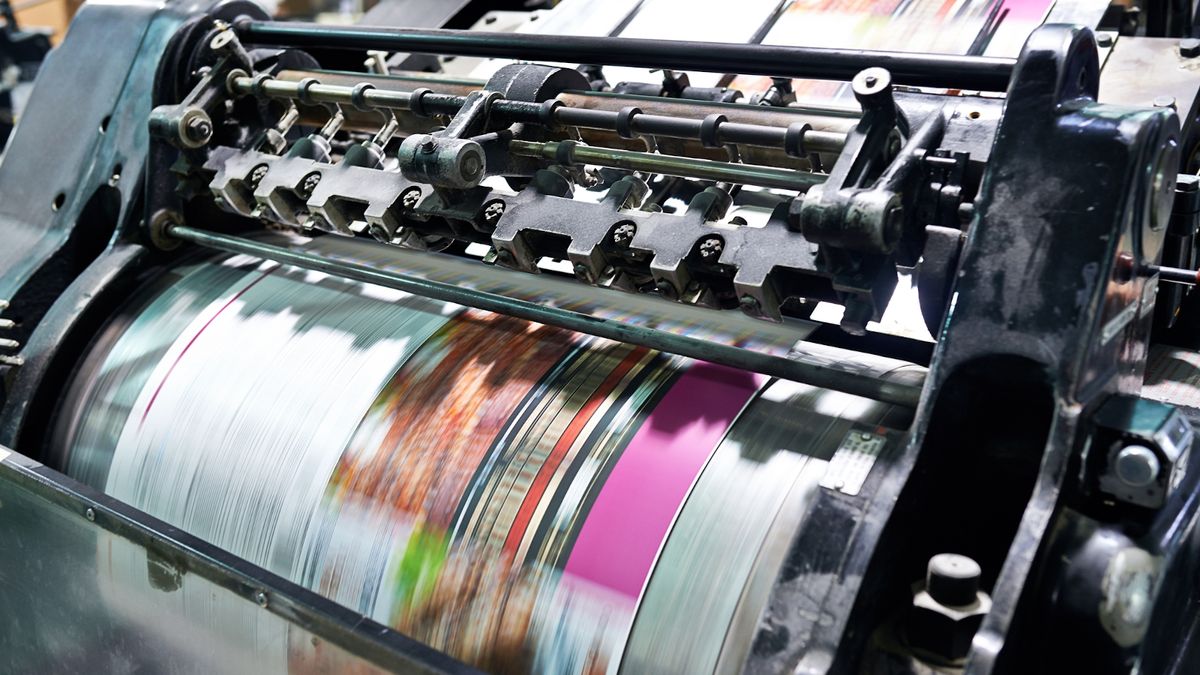In the world of professional printing, ensuring top-notch quality is crucial. Whether you’re a seasoned professional or just getting started, understanding the nuances of high-quality offset printing tips can significantly elevate your printing projects. Offset printing remains a popular choice for many businesses due to its superior quality and cost-effectiveness, especially for bulk printing. Let’s delve into essential tips that will help you produce exceptional prints every time.

Understanding Offset Printing
Before diving into the tips, it is essential to understand what offset printing entails. Essentially, it is a technique where the inked image is transferred from a plate to a rubber blanket and then to the printing surface. This method is known for producing consistent and high-quality prints. Moreover, it allows for a wide range of printing surfaces, including paper, cardboard, and even plastic.
Benefits of Offset Printing
Offset printing offers numerous benefits that make it the preferred choice for businesses. Some advantages include:
- High-quality images with rich, vibrant colors.
- Cost-effectiveness for bulk printing.
- Flexibility to print on various materials.
- Consistency and reliability in large-scale production.
Essential Tips for High-quality Offset Printing
1. Choose the Right Paper
The choice of paper can significantly impact the quality of your prints. Opt for high-quality paper that complements your design and project requirements. Consider factors like weight, texture, and finish to ensure the output is exactly as desired.
2. Optimize Your Design
A well-optimized design is crucial for achieving the best results. Ensure your design files are in the correct format and resolution. Use CMYK color mode for accurate color reproduction and keep your text and images within the safe zone to avoid trimming issues.
3. Calibrate Your Equipment
Regular calibration of your printing equipment is essential for maintaining consistency and quality. Ensure that your machines are correctly set up and that the plates are aligned perfectly to avoid any discrepancies in the prints.
4. Use High-quality Inks
The quality of ink plays a vital role in the final output. Invest in high-quality inks that offer vibrant colors and sharp images. This will ensure that your prints are visually appealing and professional.
5. Conduct Test Prints
Before proceeding with a full production run, always conduct test prints. This allows you to identify any issues and make necessary adjustments, ensuring the final output meets your expectations.
6. Understand the Impact of Color
Color accuracy is paramount in offset printing. Utilize color management tools and proofing systems to ensure your prints match the intended design. Pay attention to color profiles and adjust accordingly for the best results.
7. Maintain Cleanliness
Keeping your printing environment clean is crucial for preventing dust and debris from affecting the print quality. Regularly clean your equipment and work area to maintain optimal performance.
8. Monitor Humidity and Temperature
Environmental factors like humidity and temperature can impact the printing process. Ensure that your printing environment is controlled and stable to prevent issues like paper warping or ink drying too quickly.
Advanced Techniques for Superior Prints
9. Implement Finishing Techniques
Adding finishing touches such as varnishing, embossing, or die-cutting can enhance the visual appeal of your prints. These techniques add a professional touch and make your prints stand out.
10. Leverage Automation Tools
Automation tools can streamline the printing process and reduce the likelihood of human errors. Consider investing in software that automates repetitive tasks and ensures consistency across all prints.
11. Stay Updated with Industry Trends
The printing industry is continually evolving, with new technologies and trends emerging regularly. Stay informed about the latest advancements and incorporate innovative solutions into your workflow for improved efficiency and quality.
Common Challenges and How to Overcome Them
12. Handling Large Print Runs
Managing large print runs can be challenging. To ensure a smooth process, plan meticulously, allocate resources efficiently, and conduct regular quality checks throughout the production run.
13. Dealing with Color Variations
Color variations can occur due to various factors, including ink consistency and paper quality. Implement strict color management protocols and regularly calibrate your equipment to minimize these issues.
14. Addressing Paper Feed Problems
Paper feed problems can disrupt the printing process and affect print quality. Ensure your paper is loaded correctly, and regularly check for jams or misalignments to prevent disruptions.
15. Mitigating Ink Smudging
Ink smudging can ruin an otherwise perfect print. Use quick-drying inks and ensure your prints have sufficient drying time before handling to prevent smudging.
Conclusion
Mastering the art of high-quality offset printing tips can significantly enhance the quality of your printing projects. By implementing these essential tips and staying informed about industry trends, you can produce prints that are visually appealing and professionally executed. Remember, consistency and attention to detail are key to achieving outstanding results.
For more information on the differences between offset and digital printing, you can visit this guide.

FAQ
What is offset printing best used for?
Offset printing is best used for high-volume projects that require consistent quality and vibrant colors, such as marketing materials, brochures, and packaging.
How does offset printing differ from digital printing?
Offset printing uses plates and requires more setup time, making it ideal for large print runs, while digital printing is more suited for smaller, customizable projects.
Can offset printing handle complex designs?
Yes, offset printing is highly capable of handling complex designs with intricate details, thanks to its superior color accuracy and consistency.
This article contains affiliate links. We may earn a commission at no extra cost to you.







